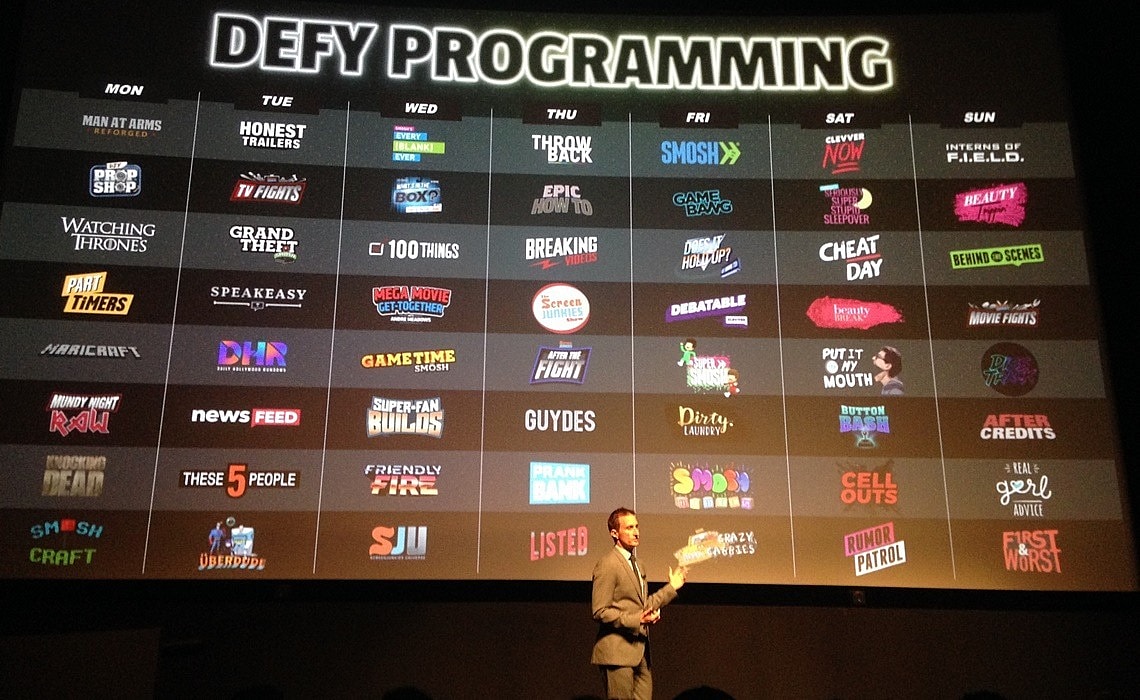On the importance of not depending on other people’s platforms

How digital media company Defy went from a funding round of $70M to $0 in a very, very short period of time.
What is the proportion of the effort you put into producing and deploying content on platforms that do not belong to you?
Your Facebook subscribers, your YouTube channel, your Instagram community, they do not belong to you. It will not happen, but those to whom they belong could decide to put an end to all this overnight, and they would have the right to do so.
Your content hub, your email lists, those are assets that belong to you.
In the 6th section of the workbook on content strategy we recently published (see below in this email), we address the subject with a series of questions:
- Is your portfolio of platforms balanced between the platforms you have 100% control over (your website, for example) and so-called “influencer marketing” platforms, where the platform has control over the distribution of your content (Facebook is an excellent example)?
- Are your audience growth tactics balanced between audiences and communities that already belong to you (mailing list, for example) and those that don’t (subscribers to your Facebook or LinkedIn page, for example)?
The essential part of spending time thinking about this is not to structure your content strategy solely around “owned” platforms, but to be aware of the relevant value we attach to each of the distribution channels we use.
For example, this article discusses Defy Media’s recent history and how, in less than 2 years, they have gone from 75 content series in production to none.
Their fall is not entirely due to the fact that they relied heavily on YouTube and Facebook, but that contributed greatly to it.
This text is therefore intended to make you aware of the importance of balancing your content platforms, to ensure that you keep in mind what belongs to you and what does not belong to you.
In the end, also make sure your social media agency partner is properly helping you navigate this reality.

